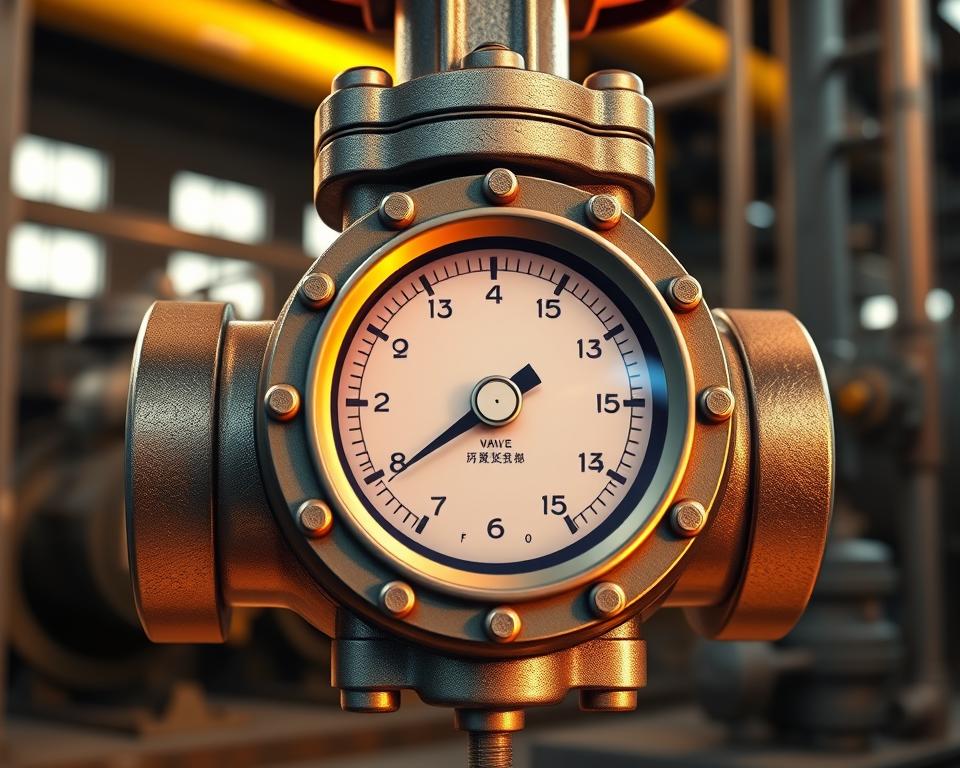Cast-Iron Gate Valves: Rugged Plant Flow Control
Surprising fact: Over 60% of public distribution networks still rely on conventional isolation gear for reliable isolation during emergencies.
Our industrial-grade line of Cast Iron Gate Valve Manufacturer engineered for longevity in plant, building, and municipal use across the United States. Each unit pairs a sturdy body-and-bonnet assembly with a well-proven gate design to resist wear and cut corrosion under fluctuating pressure/temperature cycles.
The straight-through gate reduces flow restriction at full open, supporting transfer of water and suitable media with lower pressure drop. Specifiers and technicians appreciate the simple serviceability, common connection options, and readily available parts that streamline selection and repairs.
This range spans several series and class ratings to match common duty ranges, end connections, and operator preferences. Count on repeatable sealing, steady operating torque, and cost-effective ownership centered on uptime and low life-cycle cost.
Why It Matters
- Built for rugged shutoff and reliable flow control in varied environments.
- Sturdy construction stands up to wear, corrosion, and mechanical stress.
- Straight-through design offers minimal resistance and lower pressure loss.
- Provided in multiple series and class ratings to match typical requirements.
- Easy maintenance, standard parts, and consistent sealing improve uptime.
Reliable, Precise Flow Control with Cast Iron Gate Valves
Engineered shutoff units with precision wedges and precision seats deliver consistent performance across commissioning, operation, and shutdown cycles. Stout iron bodies and close-tolerance seating yield repeatable sealing. That consistency helps ensure safe isolation and minimizes unplanned downtime.
Smooth-operating behavior lower handwheel effort and help techs position the wedge accurately. Simple stems and standard accessories simplify adapting a valve to handwheel or actuation. Less effort speeds routine checks and repairs.

Stem Options and Performance
| Aspect | OS&Y-style Rising Stem | Non-Rising Stem |
|---|---|---|
| Open/close visibility | High — easy visual readout | Low — compact design |
| Space requirement | Needs headroom | Better for tight or buried service |
| Maintenance | Straightforward inspection | Low profile with similar longevity |
Fully open, the full-bore passage provides low pressure loss and high efficiency flow. Leak-tight closure cuts leakage risk and helps keep target pressure for downstream equipment. As a set, these features lower life-cycle cost and improve system uptime across typical commercial/light-industrial applications.
Specs, Designs, and Options for Cast Iron Gate Valves
Key design selections—body material, stem type, and flange pattern—dictate fit and performance as well as serviceability.
Body & Bonnet Construction
The body and bonnet are made from cast iron for strength and vibration resistance. Precision-machined guides maintain gate alignment for consistent sealing.
Comparing Rising and Non-Rising Stems
A rising stem offers a clear visual indication of position and is simple to inspect but requires overhead space. A non-rising stem conserves headroom and protects threads within the bonnet.
Both stem designs work with standard handwheels and can be configured for actuators or add-on position indicators when automation is required.
Understanding Class 125 Performance
ASME Class 125 is typical for water and general service within moderate temperature ranges. Verify with published pressure-temperature limits to ensure suitability for the intended operating envelope.
Connections and Face-to-Face Dimensions
| Item | Guideline | Notes |
|---|---|---|
| Bolt circle | Standard ASME drilling | Compatible with typical piping |
| End-to-end | Per industry series | See datasheet for dimensions |
| Bolts | Use spec’d grade and torque | Select gasket to suit service |
- Sizes and series: covering small lines through large mains with several series and trim packages for long life and easy service.
- Internal trim: seat and wedge materials optimize tight shutoff and longevity; improved packing with bonnet gaskets bolster stem sealing.
- Integration tips: confirm end-to-end dimensions, flange bolt patterns, and torque requirements before installation.
Use Cases, Compliance, and Integration
Applications for these Resilient Seated Gate Valve cover municipal mains, building risers, and pump room isolation points where consistent shutoff matters.
Water distribution and fire systems routinely deploy these as sectional and control valves. They offer clear position feedback and strong shutoff for life safety and utility networks.
Flow & Shutoff in Bi-Directional Service
The gate design permits shutoff in both flow direction when installed per manufacturer guidance. This adaptability eases layout choices and works with redundant runs.
Serviceability and Bonnet Integrity
Accessible bonnet fasteners, guided wedges, and replaceable packing streamline inspection/repacking. Correct packing compression preserves stem sealing through repeated cycles.
Indicators, OS&Y, and direction practices
Outside indicators and OS&Y styles provide visible open/closed status for inspections. Even with two-way capability, observe the specified orientation and clearance practices to ensure safe operation.
| Application | Primary Benefit | Spec Check |
|---|---|---|
| Distribution mains | Dependable isolation | Confirm class 125 pressure limits |
| Fire systems | Visible status for AHJ | Provide indicator/OS&Y style |
| Pump stations | Service access | Match flange and face-to-face dimensions |
Conclusion
Choose proven shutoff equipment combining sturdy construction and predictable flow control.
You get durable isolation and consistent control for water and utility applications. Count on easy installation and easy maintenance for lasting reliability.
Key specs include Class 125 rating, a robust body and bonnet, and designed stem sealing to maintain performance across facility environments.
Multiple series and common sizes, along with handwheel or actuator-ready configurations, simplify system matching. Clear position indication and low-friction stem travel boost daily operation and response under variable conditions.
The gate wedge and seat delivers leak-tight closure and low pressure loss. Verify sizes, end connections, and accessories at specification time to move procurement and commissioning faster.
Choose valves manufactured to stringent standards. We can review class, sizes, and series to align selections with your operating and maintenance goals.
